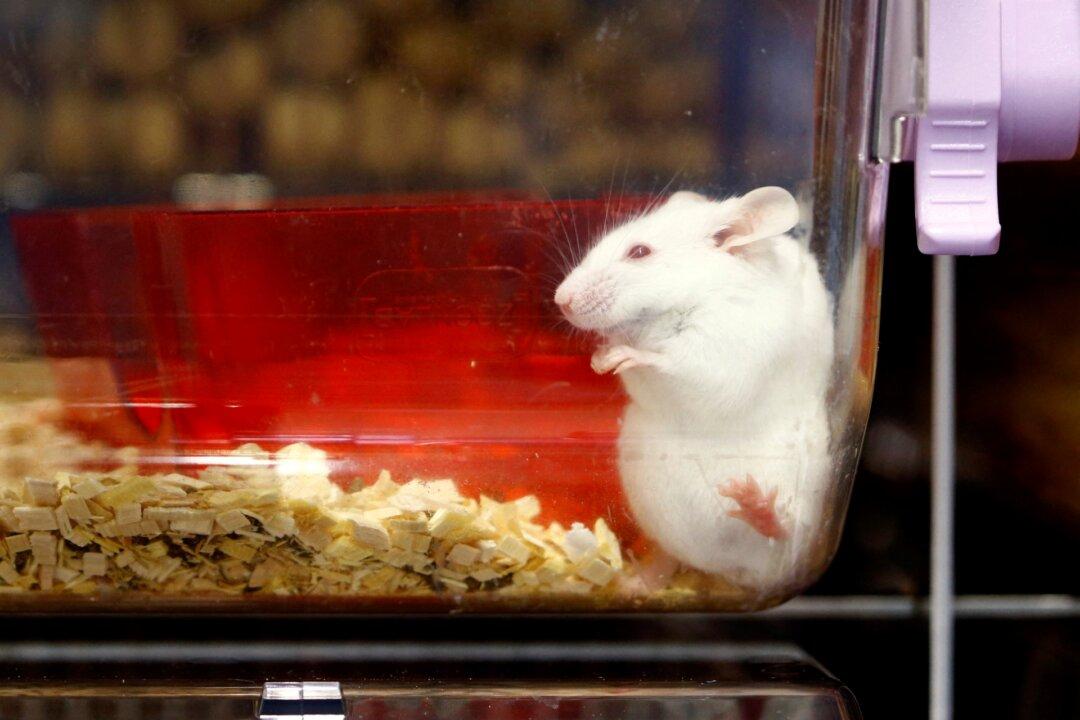Since December 2020, when several novel unprecedented vaccines against SARS-CoV-2 began to be approved for emergency use, there has been a worldwide effort to get these vaccines into the arms of as many people as possible as fast as possible. These vaccines have been developed “at warp speed,” given the urgency of the situation with the COVID-19 pandemic. Most governments have embraced the notion that these vaccines are the only path towards resolution of this pandemic, which is crippling the economies of many countries.
Stephanie Seneff is a Senior Research Scientist at the MIT Computer Science and Artificial Intelligence Laboratory. She received the B.S. degree in Biophysics in 1968, the M.S. and E.E. degrees in Electrical Engineering in 1980, and the Ph.D. degree in Electrical Engineering and Computer Science in 1985, all from MIT. For over three decades, her research interests have always been at the intersection of biology and computation: developing a computational model for the human auditory system, understanding human language so as to develop algorithms and systems for human computer interactions, as well as applying natural language processing (NLP) techniques to gene predictions. She has published over 170 refereed articles on these subjects, and has been invited to give keynote speeches at several international conferences. She has also supervised numerous Master’s and PhD theses at MIT. In 2012, Dr. Seneff was elected Fellow of the International Speech and Communication Association (ISCA).
Author’s Selected Articles






